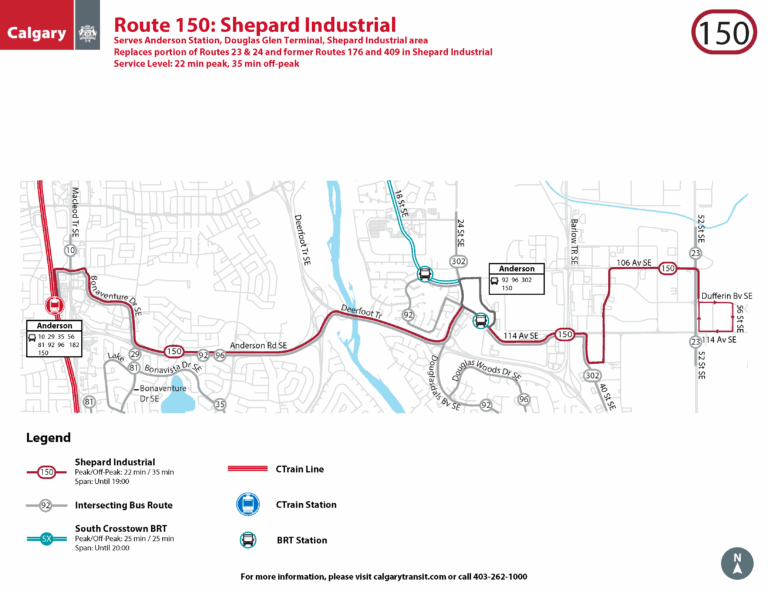
Introduction
The Toronto Transit Commission (TTC) plays a vital role in the daily lives of millions of Torontonians. As the third-largest public transit system in North America, the TTC provides essential services to facilitate mobility within the bustling city of Toronto. Its relevance has surged amid growing concerns over environmental sustainability, urban congestion, and public health safety. Recent updates from the TTC not only illustrate its ongoing commitment to service improvements but also highlight the challenges it faces as it adapts to a dynamic urban landscape.
Current Developments
In September 2023, the TTC introduced a series of service changes aimed at improving efficiency and increasing ridership. These changes include expanded service hours on select routes and a pilot program that increases frequency on the subway to better accommodate peak travel times. Furthermore, the TTC has launched an initiative to replace aging infrastructure, focusing on the modernization of signal systems and the introduction of semi-autonomous trains. These upgrades are expected to reduce delays and enhance passenger safety.
The TTC has also been actively working on increasing accessibility for all riders. Recent reports indicate that over 50% of TTC stops are now wheelchair accessible, a significant milestone in improving travel for persons with disabilities. The launch of an Interactive Voice Response (IVR) system allows riders to gain real-time insights about accessibility options directly from their phones.
Addressing Challenges
Despite these advances, the TTC is confronted with numerous challenges, particularly in light of the COVID-19 pandemic. Ridership remains below pre-pandemic levels, prompting concerns over budget deficits. To counter this, the TTC has been focusing on promoting public transit through marketing campaigns aimed at encouraging citizens to return to using public transport. They are also leveraging new technologies, such as contactless payment systems, to enhance convenience and increase user satisfaction, making it more appealing for commuters.
Conclusion and Future Outlook
The future of the TTC is closely tied to Toronto’s urban planning and sustainability goals. With the city’s commitment to reducing carbon emissions and increasing public transit usage, the TTC is poised to play a pivotal role. Looking ahead, initiatives such as the expansion of the subway network to underserved areas and the introduction of electric buses reflect the TTC’s ambition to become more environmentally friendly. As it continues to evolve, the TTC’s future strategies will be crucial in shaping the transportation landscape of Toronto, impacting not only the economy but the everyday lives of its citizens.


